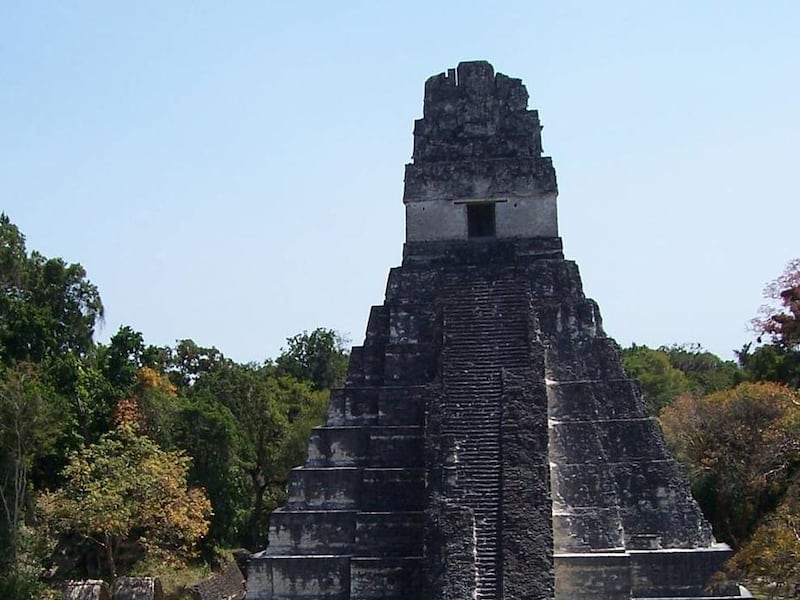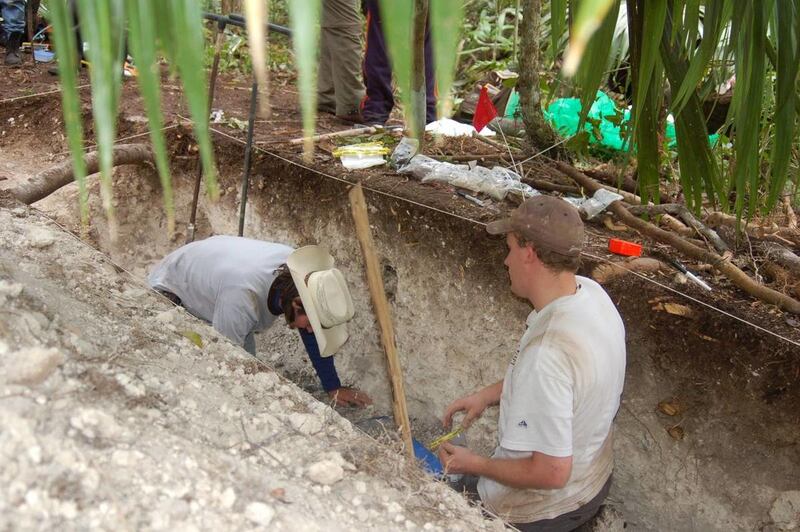PROVO — Researchers are one step closer to unraveling the mysteries of the Mayas, but it is still unclear just how many people an ancient city like Tikal could have supported.
Chris Balzotti, the lead author of a study published in the International Journal of Remote Sensing, used an innovative technique generally used to map specific species to build a model of ancient Mayan agriculture by combining remote sensing, satellite imaging and soil chemistry. According to the model, ancient Mayas did not grow corn on the hillsides near their cities like their modern descendents, but may have cultivated their staple crop in the low-altitude wetlands, called bajos, that surround their hilltop communities.
It's not the first time researchers have suggested that the Mayas grew crops in the bajos, but the soil study lends credibility to the theory, said Balzotti, who is working as a research faculty member at BYU while finishing a graduate degree at the University of Utah. The study also backs theories that suggest the Mayas cleared small areas of rainforest for fields and left other areas of rainforest intact, instead of clearing large swaths of land.
Further research is needed to establish just how far into the forest these fields extended and before researchers can draw any conclusions about the size of the population supported by those fields, BYU soil scientist Richard Terry said. He hopes to take students back to the area to collect more samples in the area sometime this coming winter to complete the study.
If they can uncover the Mayas' ancient techniques, it could be possible to restore the now impoverished area to its historical population capacity, Terry said.
"In their day, the Maya were the wealthiest of the wealthy," he said. "You would have much prefered to be an American than to be a European."
Terry, Balzotti and a team of Pennsylvania State University archaeologists located the site of ancient corn fields by looking for a specific, heavy carbon isotope in the organic mater of soil surrounding Tikal, Terry explained. Most plants won't absorb carbon dioxide that contains the heavy carbon, but corn is less picky. Centuries later, high levels of the heavy carbon isotope can be detected in soils where corn plants decayed. BYU graduate student Richard Burnett, who also contributed to the study, spent hours processing hundreds of soil samples to find the carbon.
The research team is now looking to recruit soil science students who are willing to travel to Guatemala to collect the final set of samples this fall. A thirst for adventure and fluency in Spanish are required.
EMAIL: epenrod@deseretnews.com






